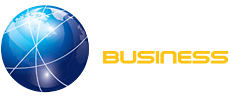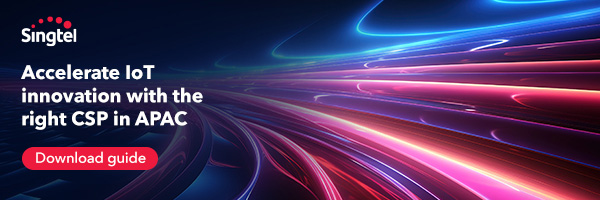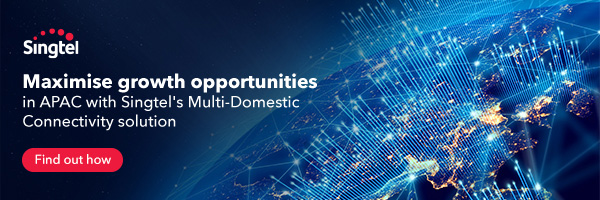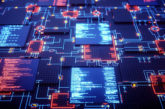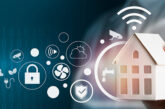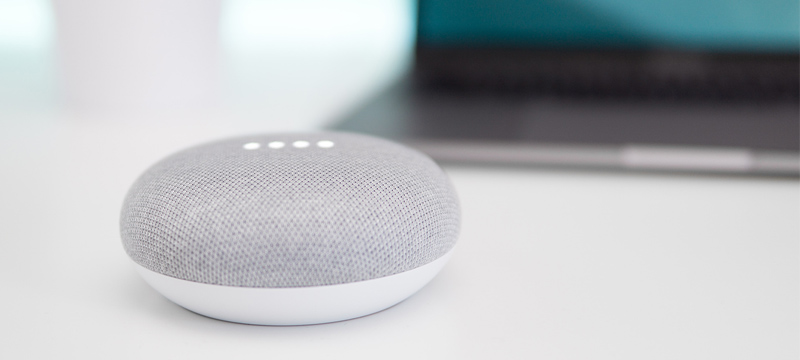
The Internet of Things (IoT) is reshaping the way we live, work, and interact with our environment. With IoT, everyday objects and devices are connected to the internet, creating a network of smart devices that can communicate and perform tasks autonomously. In this article, we’ll explore the world of IoT for consumer applications, including its key uses, benefits, challenges, and the exciting future it holds for consumers.
The IoT Revolution in Consumer Applications
IoT technology has made its way into our homes, our cars, and even our wearables, creating a new era of convenience, efficiency, and connectivity. The use of IoT in consumer applications encompasses a wide range of devices and services that aim to simplify and enhance our daily lives.
Key Applications of IoT in Consumer Devices
1. Smart Home Devices
Smart home devices are perhaps the most recognizable application of IoT for consumers. These include smart thermostats, lighting systems, security cameras, and voice-activated assistants like Amazon’s Alexa and Google Assistant. Smart home devices allow users to control and automate various aspects of their home environment, from adjusting the temperature to turning on lights with a voice command.
2. Wearable Technology
Wearable devices, such as smartwatches and fitness trackers, are equipped with sensors that monitor health metrics like heart rate, steps taken, and sleep patterns. They connect to smartphone apps to provide users with real-time insights into their well-being and fitness goals.
3. Smart Appliances
IoT is transforming household appliances into smart devices. Smart refrigerators can keep track of food inventory and suggest recipes based on available ingredients. Smart washing machines can be controlled remotely, and they can even reorder detergent when supplies run low.
4. Connected Cars
Connected cars utilize IoT technology to provide a range of features, from real-time navigation and traffic updates to vehicle diagnostics and predictive maintenance. These features enhance the driving experience and improve vehicle safety.
5. Health and Medical Devices
IoT has revolutionized the healthcare industry by enabling remote patient monitoring. Devices like insulin pumps and pacemakers can transmit data to healthcare providers, allowing for timely intervention and better patient care.
6. Personal Assistants
Smart personal assistants, like Amazon’s Echo and Google Home, offer voice-activated services that provide information, control smart home devices, and perform tasks like setting alarms and providing weather updates.
7. Smart Luggage and Travel Gadgets
Smart luggage with built-in IoT features, such as location tracking and digital locks, make travel more convenient and secure. Additionally, IoT-powered travel gadgets can help travelers find local attractions and navigate foreign cities.
8. Smart Gardening
IoT technology can assist in gardening and plant care. Smart gardening devices can monitor soil moisture, sunlight, and temperature to help users maintain healthy plants and gardens.
Benefits of IoT in Consumer Applications
The integration of IoT in consumer devices offers numerous advantages:
1. Convenience
IoT devices simplify daily tasks and enhance convenience. Users can control their environment, receive timely information, and automate routines.
2. Improved Health and Fitness
Wearable technology and health devices empower individuals to monitor their well-being, track fitness goals, and make informed health decisions.
3. Energy Efficiency
Smart home devices and appliances help reduce energy consumption, contributing to both cost savings and environmental sustainability.
4. Enhanced Safety and Security
IoT-based security systems offer real-time monitoring and alerts, while connected cars enhance road safety and provide vehicle security features.
5. Personalization
IoT devices learn user preferences and adapt to individual needs, creating a personalized experience.
6. Time Savings
Automated tasks and voice-activated commands save time and make daily routines more efficient.
7. Greater Connectivity
IoT devices keep users connected to the internet and each other, making it easy to stay in touch and access information.
Challenges and Considerations
While IoT in consumer applications offers numerous benefits, it also poses challenges and considerations:
1. Data Security and Privacy
The collection and transmission of personal data raise concerns about data security and privacy. Users must ensure that their data is protected and used responsibly.
2. Interoperability
IoT devices and systems must be compatible and standardized to ensure seamless data exchange and integration. Common protocols and standards are essential for achieving this.
3. Reliability
The performance and reliability of IoT devices can be a concern. Devices must work consistently to maintain user trust.
4. Cost of Implementation
The initial cost of implementing IoT in consumer applications can be a barrier for some users. An assessment of the return on investment is necessary to justify the expense.
5. Workforce Training
The successful adoption of IoT in consumer applications often requires workforce training and a cultural shift within households and businesses.
The Future of IoT in Consumer Applications
As technology continues to advance, the future of IoT in consumer applications looks promising. Here are some trends and developments to watch for:
1. Enhanced Artificial Intelligence (AI)
IoT and AI will work hand in hand to analyze vast amounts of data, offering insights and automating routine tasks.
2. Interconnectivity
IoT devices will become more interconnected, with seamless communication between devices and systems, creating a more unified experience.
3. Voice and Gesture Control
IoT devices will be controlled through advanced voice and gesture recognition, making interaction more intuitive and natural.
4. Edge Computing
Edge computing will enable more data processing closer to the source, reducing latency and ensuring real-time responsiveness.
5. Sustainability
IoT devices will continue to contribute to sustainability by optimizing energy consumption, reducing waste, and promoting eco-friendly practices.
Conclusion
The Internet of Things is reshaping the way we live our daily lives, making them more convenient, efficient, and connected. Challenges related to data security, interoperability, and cost must be addressed to ensure that the benefits of IoT in consumer applications are fully realized.
As IoT technology continues to evolve, it will remain a driving force in consumer devices and services, offering a glimpse into a future where daily tasks are automated, environments are more personalized, and access to information and services is seamless and convenient.
